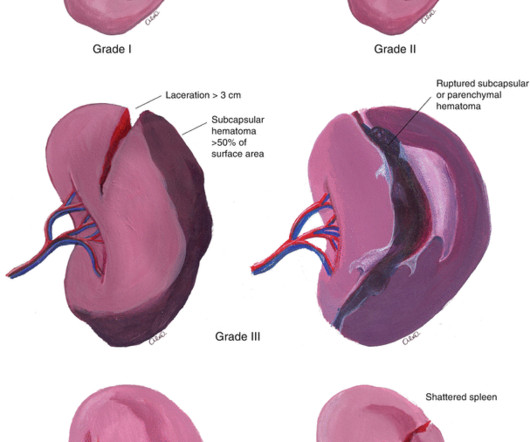Fluoroquinolone Use In Children
Pediatric EM Morsels
AUGUST 18, 2023
When you read the Morsel on Perichonditis of the ear last week ( or perhaps the Plantar Puncture Morsel from many many many weeks ago ) you may have objected because of the mention that, when indicated, fluroquinolones are safe in children. Some of you may have thought to yourself “first the AAP allows tetracycline ( Rocky Mountain Spotted Fever ) and now they allow fluoroquinolones use in children… what next?!














Let's personalize your content